Affiliate disclosure: This post may contain affiliate links. Please see our Privacy Policy.
Every culture that has bread has a traditional way of using stale bread. Traditional Kvass takes forgotten stale bread, usually rye bread, and turns it into a bubbly probiotic beverage that’s incredibly satisfying (and just a tad alcoholic).
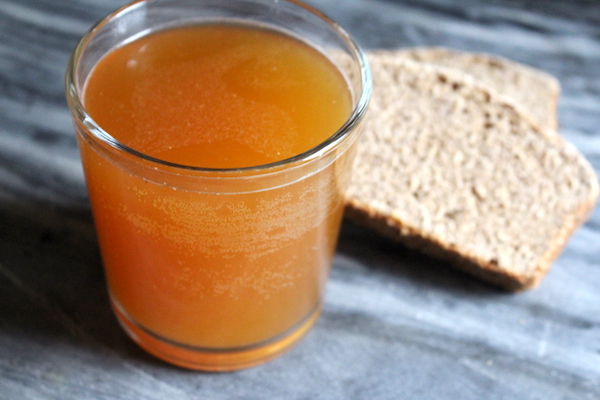
Stale bread happens to everyone at some point or another. If it’s a light soft white loaf, you can do as the French do and turn it into a rich french toast by adding milk and eggs.
What we in the US call “french toast” and often make with perfectly good fresh bread, the French call “Pain Perdu.” That means “forgotten bread,” basically bread that has gone stale and needs a bit of livening up to be fit for the table.
The Russians take a distinctly different approach with their stale bread, perhaps because most commonly that leftover bread was a dark and heavy loaf of rye. When life gives you stale rye bread, it’s time to make bread kvass!
What is Kvass?
Kvass is a traditional eastern European drink that dates back to at least the middle ages, if not well before. Back when water sanitation was pretty questionable, it was much safer to drink fermented alcoholic beverages than water alone.
Kvass isn’t particularly alcoholic, and most batches are somewhere between 0.5 and 1% alcohol. That’s not enough to sanitize contaminated water, but the water was always boiled first.
Boiling stagnant water would have been enough to render it safe, but not tasty. Kvass adds flavor, probiotics and a pleasant fizz with the addition of stale bread and a bit of patience.
Historically, kvass was a beverage made from rye bread. Sometimes fruit, honey, and herbs are added as flavorings, but the dominant fermentable sugar in traditional kvass comes from toasted rye bread. Beets, another Russian peasant staple, were often added for flavor, but these days westernized versions of beet kvass recipes skip the rye bread altogether, using only beets instead.
When Kombucha became so popular as a new age probiotic beverage, companies began searching for other traditional probiotic beverages to modernize and commercialize. These days you can find many sweet fruity lightly fermented beverages labeled “kvass” but very few actually contain rye bread or have much to do with the traditional drink.
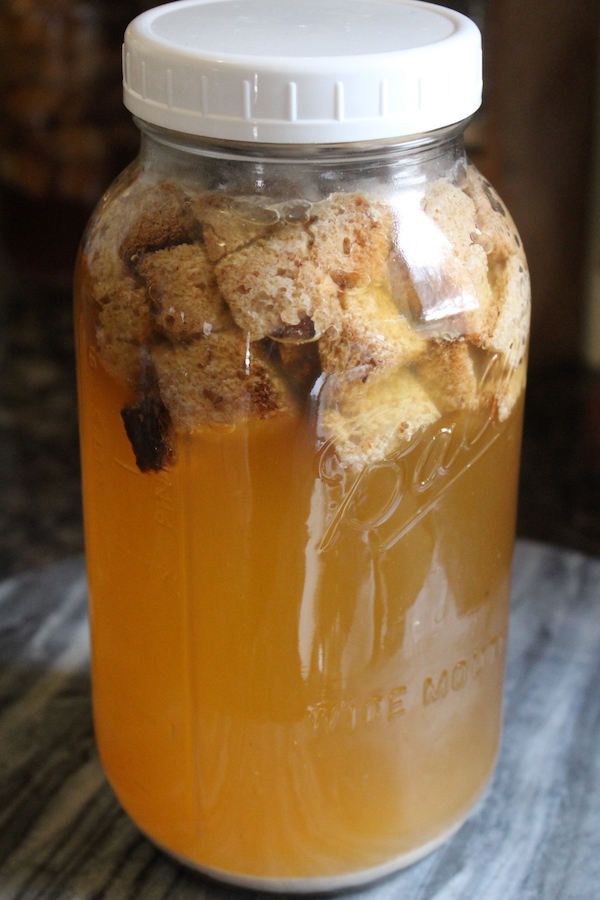
How to Make Kvass without Yeast
The health benefits from kvass come from a long slow ferment that slowly breaks down the nutrients in the stale bread. Adding a big spoon of modern commercial yeast completely overpowers the natural cultures, and while it does yield a fizzy beverage quickly, it’s a rather inelegant solution.
Using commercial yeast is also not historically accurate and will produce a much harsher beverage. Something harsher than what Russian peasants tolerated isn’t likely to please your modern palate…
Traditional kvass cultures are wild would have been started originally in much the same way as sourdough, and then continually propagated from there. The best way to start kvass is to use a spoonful of sourdough starter.
A white flour starter works fine, but obviously, a rye sourdough starter would be more traditional. (If you don’t want to try your hand at starting your own, you can purchase one either from cultures for health or on Amazon.)
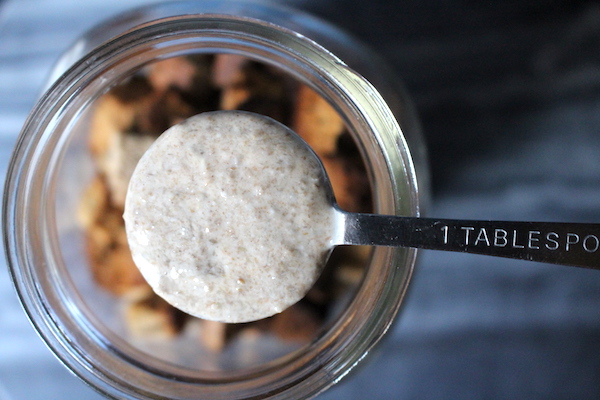
Lacking a sourdough starter, a few spoonfuls of yogurt whey with active cultures and then a teeny tiny pinch of commercial yeast will give you a good approximation.
Sweeteners for Making Kvass
For a stronger drink, with a tiny bit of residual sweetness to balance out the sour notes from the lactobacillus, it’s helpful to add some kind of sweetener. Birch sap or birch syrup from tapping birch trees (similar to tapping maple trees for maple syrup) is traditional, but honey or maple are also good choices. Lacking that, a bit of sugar (or brown sugar) works too.
A similar traditional drink known as birch beer is made using birch sap, but without the bread. It’s said to have medicinal properties due to the minerals in the birch sap, and perhaps some of the healing properties commonly associated with traditional kvass result from the use of birch sap as a traditional sweetener. If you want to try this variation, try sweetening your kvass with commercial birch syrup, which has a very distinct (and lovely) flavor.
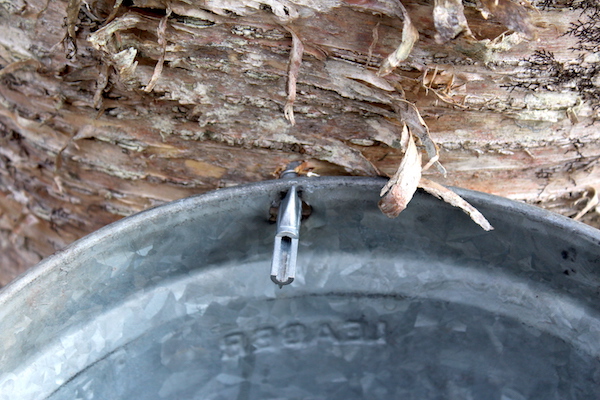
How to Make Kvass
The first step in making kvass is toasting the bread. This does a few things:
- First, it carmelizes some of the sugars making them more digestible for the microbes.
- Second, it creates more depth of flavor in the finished kvass, along with a darker color.
- And finally, it helps kill off any mold spores that might be lurking on the surface of the bread.
If you have slices of bread, just pop them in the toaster until they’re golden (but not burned). Those slices will then be broken up into cubes by hand after toasting. If you have a big loaf that went stale, cube the bread, place it on a baking sheet and bake it at 350 for about 10-ish minutes unit’s it’s very dry and toasted, but not burnt.
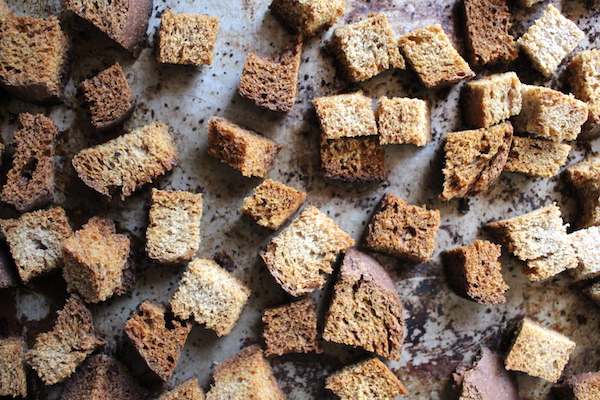
Place the bread cubes in whatever you’re using for a fermentation vessel. A big bowl works, but a big mason jar is a bit neater. Add the remaining ingredients, including sourdough starter, honey or other sweeteners, and any optional flavorings (fruit/herbs/etc).
Cover the bowl with a towel, or if using a mason jar, put on the lid loosely. If you have a home mason jar fermentation kit, now’s a good time to use it but it’s not strictly necessary.
A regular two-part mason jar lid, or a plastic mason jar lid works just fine so long as you remember to burp the jar daily so gasses don’t build up too much. (You can also just seal the jar loosely to let air escape.)
Even using a cold sourdough starter from the fridge, mine had tiny bubbles rising within a few hours.
When is Kvass Ready?
Making homemade kvass is a balance between allowing the mixture to fermented enough to have flavor and fizz, but not letting it ferment so much that it’s overly sour. Traditional kvass was only lightly carbonated, with bubbles just barely detectable in the final drink. Since our palates are used to CO2 carbonated sodas, it likely won’t be “carbonated” as you generally think of it today.
Depending on the temperature of your house, the amount of sugar used and the activity in your starter, the kvass will be ready in about 2 to 7 days. After two days, give it a taste.
It should be lightly carbonated, a tad bit sour and a tad bit sweet, with leftover malty notes from the toasted bread. If you want a more tangy flavor, allow it to ferment a bit longer. Either way, once it’s done to your liking, filter the homemade kvass through a fine-mesh strainer and bottle it.
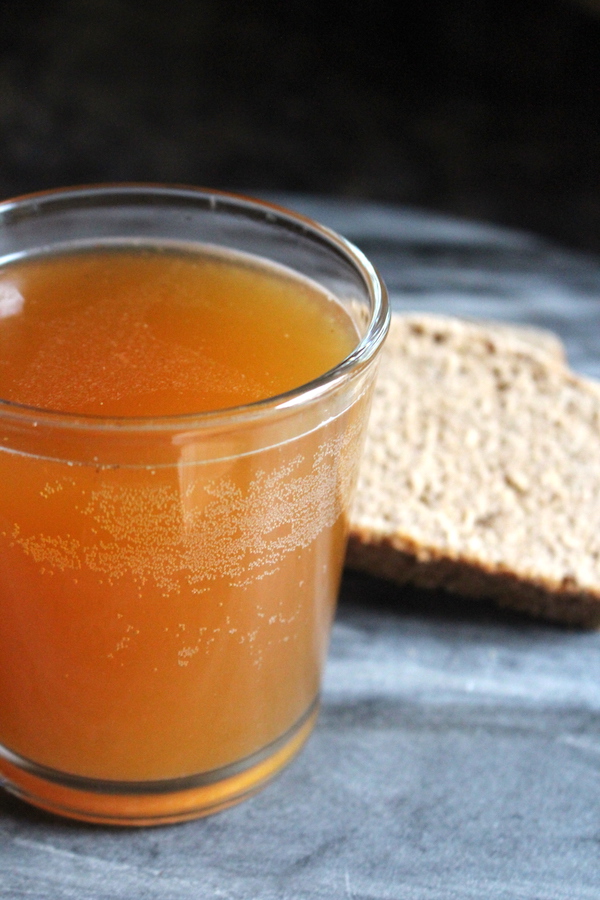
How to Bottle Kvass
Bottling kvass helps build a bit more carbonation, and storing the bottles in the fridge helps keep the brew from over-fermenting and becoming too sour. The simplest method for bottling kvass is to strain it into mason jars with two-part lids, leaving about 1” of headspace.
Tighten the lids all the way and store in the refrigerator. They’ll keep for 7 to 10 days, slowly building a bit more carbonation.
Kvass can also be bottled like kombucha in reusable flip top Grolsch bottles for a more elegant presentation. Still, regardless of the bottle, they can not be stored at room temperature for more than a few days. Keep kvass in the fridge, or in a cool basement, so that the bottles don’t over carbonate.
Adding Extra Carbonation to Homemade Kvass
As I mentioned previously, traditional kvass is only slightly carbonated. That said, if you want more bubbles, there are modern solutions.
Add a bit of extra sweetener (sugar, honey, etc) at bottling time, somewhere around 1/2 tsp per pint, and a very tiny pinch of commercial yeast. Mix it in and then cap the bottles tightly.
Allow these to culture at room temperature for about 12-18 hours, and then store in the refrigerator. That commercial yeast will consume the extra sugars and rapidly build carbonation that’s much stronger than a sourdough culture can accomplish.
This extra carbonation step is optional, and not something they had in Eastern Europe in the middle ages. That said, it is tasty, and if this is what you need to switch from soda to a traditional probiotic beverage then it’s still a win.
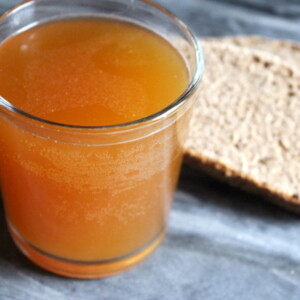
Homemade Kvass Recipe
Ingredients
- 6 cups water, plus more to fill if needed
- 4 to 6 cups stale bread, toasted & cubed (roughly 4 to 6 ounces)
- 1/2 to 3/4 cup sweetener, sugar, brown sugar, honey, birch syrup, etc
- 2-4 tablespoons sourdough starter *see note
- 1/4 cup raisins, optional
- Seasonings such as fruit or herbs, optional
Instructions
- Bring the water, sugar and seasonings/raisins (if using) to a boil. Stir to dissolve the sweetener, and then turn off the heat. Allow the mixture to cool to somewhere between 70 and 90 degrees (luke warm).
- Chop the bread and toast it until it resembles slightly overdone toast (browned but not burned).
- Place the toasted bread and sourdough starter in a half gallon mason jar and pour the warm liquid over the bread (ensuring that it's no more than 90 degrees to avoid killing the cultures). Add additional water if needed to fill the jar to within an inch of the top.
- Cap the jar loosely and allow it to ferment at room temperature for 2 to 7 days.
- Test the mixture, and when it's cultured to your taste, filter through a fine mesh strainer.
- Bottle the kvass in mason jars or Grolsch bottles and store in the fridge. Drink within 7 to 10 days, this beverage does not withstand extended storage.
Notes
Nutrition
Nutrition information is automatically calculated, so should only be used as an approximation.
Kvass Recipe Variations
Once you’ve mastered basic homemade kvass, the variations are endless. Adding beets is traditional and results in a satisfyingly sweet and earthy flavor. Adding herbs is also traditional, as are wild foraged ingredients such as dandelion root, pine needles, and birch sap.
- Wild Foraged Kvass Recipes – Includes a variation for the northeast woodlands and California desert.
- All Beet Kvass (no bread) – A modern variation, this gluten-free kvass is made without bread, just beets as a sugar source.
- Cranberry Kvass – This one’s the next kvass on my list to make, and sounds especially refreshing.
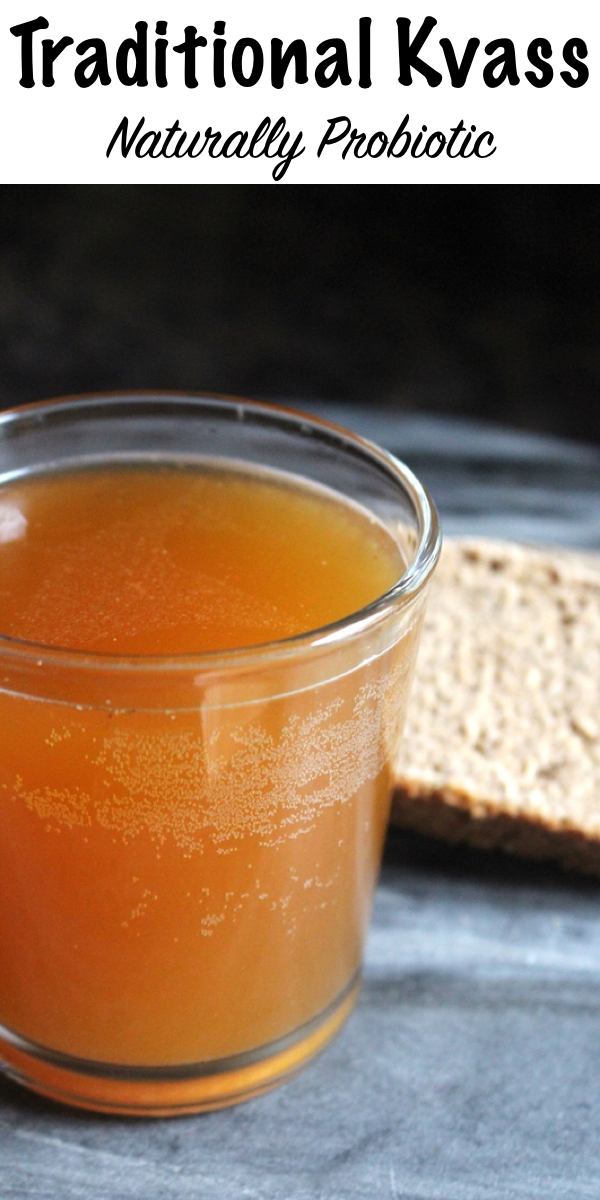














My first batch of kvass: Used homemade Danish sourdough stale rye bread. After 7 days a nice sour taste, but a consistency of slime!
What happened? And any advice about changing it?
Can you walk me through exactly what you did step by step?
Can one use the more dense, European-style rye bread for this? The only bread I have is that dense rye that’s typically consumed in Northern Europe. It has lots of depth to it. It seems like it would impart a nice flavor. I just wasn’t sure whether it would be compatible with this process. Thank you for any help you can provide! 🙂
I think that should work just fine. Let us know how it turns out if you decide to try it.
The metric/imperial flame war above made me chuckle- in the UK, we actually use both….we are taught metric in school but use miles on our road signs…we use gallons AND litres at petrol/gas stations and you can ask for metric OR imperial weights in a butcher shop, greengrocer, supermarket etc. and prices are displayed for both systems….it’s like people here speak two “languages” and we get on just fine with imperial USA and metric Europe. Anyway- the kvass turned out great, VERY refreshing on a warm summer day and I can recommend adding some fresh mint sprigs to the ferment as well, REALLY works. I am now going to try a blonde kvass with toasted white bread as I understand white kvass was the “original” Russian kvass before dark rye bread kvass became popular…..anyone with any tips or hints for white kvass let me know!
Instead of sourdough starter, can fresh sourdough be used?
Using a starter when it is in its active state is what gets the fermentation going. You will not get the same effect with the bread.